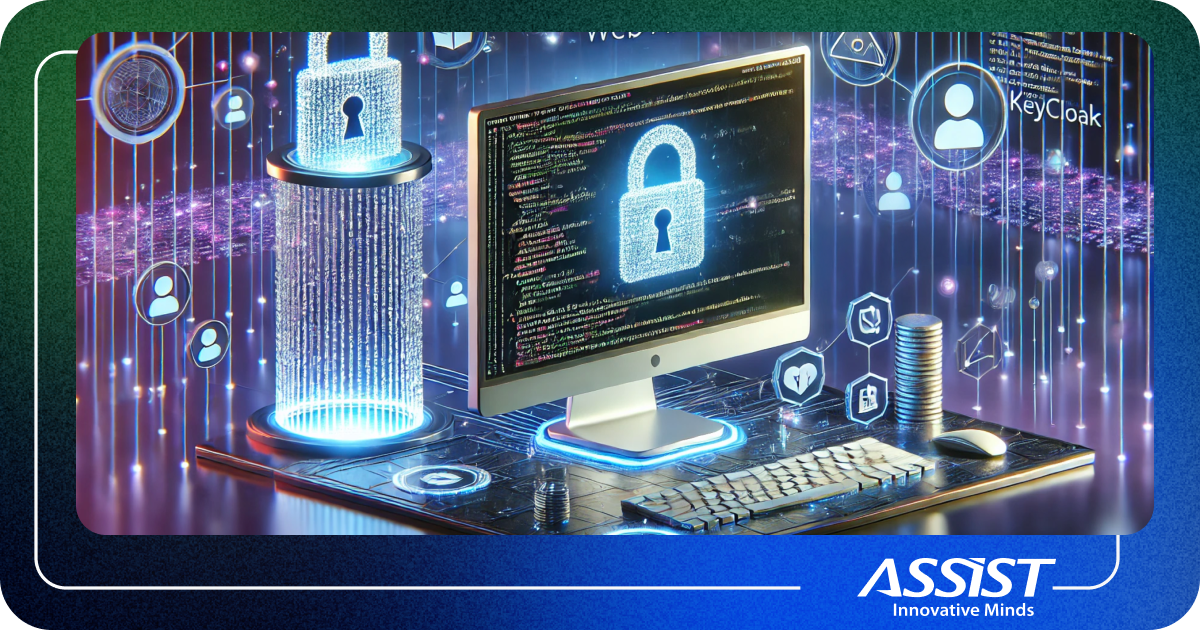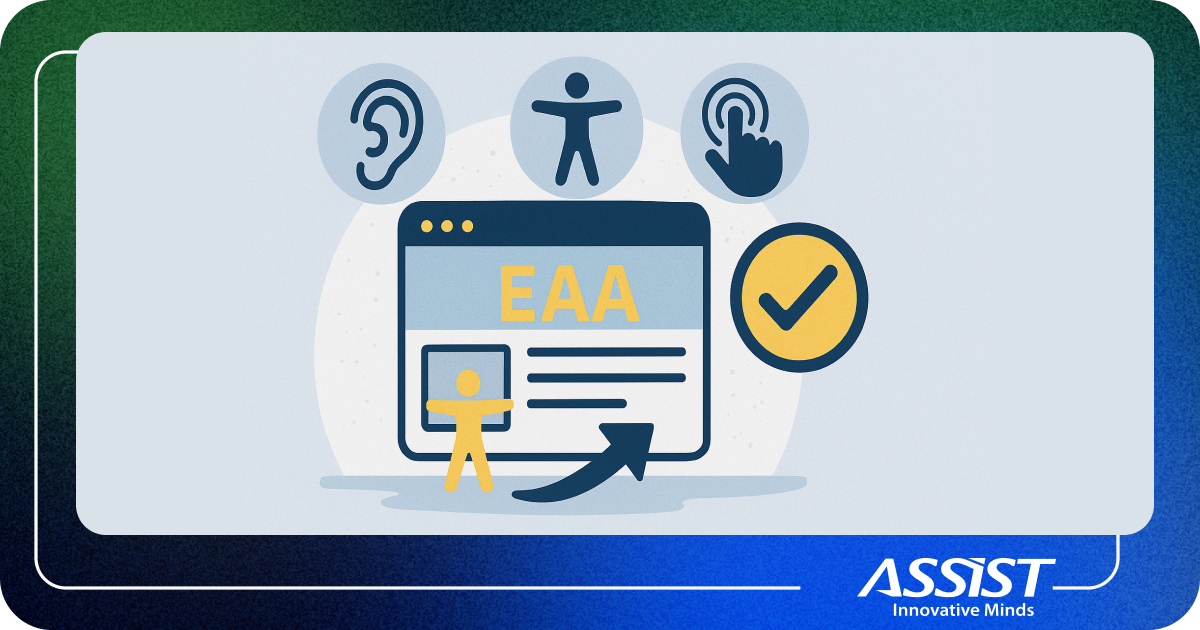Six Thinking Hats - A Great Technique of Organizing Meetings
Six Thinking Hats by Edward de Bono describes a technique for optimizing the thought process done by a group of people, especially during live meetings.
The paradigm states the following: there are six different hats which represent six different approaches to a discussion. Each hat has a different purpose and there is a "meta" hat which drives the conversation.
The main idea behind this technique is to allow people to organize their thoughts better and make sure that everyone is working towards the same goal.

- The "White Hat" implies that the person will only provide information as "hard" facts. The point of using this hat is to make sure that everyone is working with the same objective, uninterpreted set of data.
- The "Red Hat" is the hat that allows the person to express any kind of feeling without needing provide any reasons. The red hat also includes opinions about any kind of information that may be presented under the white hat.
- The "Black Hat" is that hat which allows people to pass criticism for an idea with the purpose of identifying any weaknesses or risks.
- The "Yellow Hat" is the hat that restricts the person to only providing optimistic views on the matter. It is, in a way, the opposite of the black hat. It presumes that, even if a solution has some weaknesses, it also has strengths and that, for now, the person should focus on those and provide realistic solutions.
- The "Green Hat" is the hat that inspires people to be creative. This is different from the yellow hat because the yellow hat inspires finding a solution, not necessarily, a new, innovative one. The green hat implies working towards creating something "NEW". Under the green hat everyone is encouraged to suggest new ideas, not judge, and build on the ideas of others.
- The "Blue Hat" is in charge of moderating the meeting. The blue hat is the one which decides which hat the other people should "put on" based on different types of reasoning.
Simply put, the blue hat manages the meeting, the white hat puts all the information on the table, the red hat puts all the feelings on the table, the yellow hat finds solutions and brings optimism, the green hat creates new ideas and the black hat finds risks.
The concept is pretty simple, but then so powerful. It enables some sort of meta-thinking that comes to you easily and is always present in your mind; it makes people not only think about things, but also think about how they are thinking about those things, organizing their thoughts better and standardizing the methods of expression for improved interaction with the other participants.
Personally I find this techniques to thrive in the following scenarios:
- John is mad at Marry, therefore everything that Mary says, unconsciously, John tries to disprove and disagree with. By encouraging John to speak out about his feelings will allow him to have a more objective opinion and interaction with Mary.
- There is a person that always has to find something wrong about any idea and tries, unconsciously and in good faith, to convince everyone to give up the idea. Use the yellow hat and have him focus on the good parts about the matter.
- You are not up to date with what is happening in a project (you could be new there) and you want an objective view on the matter. People who are deeply involved in a project often get to have a skewed view on it, because they are too close. Bringing some awareness on this and requesting only hard facts and data as information is one of the best ways to start.
- You feel that the meeting is not well organized people get there and start discussing, jumping from subject to subject without a particular purpose. A blue hat would be very good here requesting people for data, opinions, ideas, solutions, critique etc. at the right time.
- You are trying to find solutions to a difficult problem and it seems that you have some suggestions but none of them offer a complete solution. You ignore their weaknesses and focus on the good parts and try to build up from there and see where you can get. Even if an idea is not perfect it could lead to the final solution.
- You have done the yellow hat thinking but your solutions are not great. You should now put on the green hat and try to come up with some out-of-the-box ideas.
The hats themselves are great but I believe that the true power of this technique lies in a simpler truth: it gets people to think about what they think, reflect about their true feelings and understand at a different level their thoughts and the impact they have on others. Anyway, great stuff!




